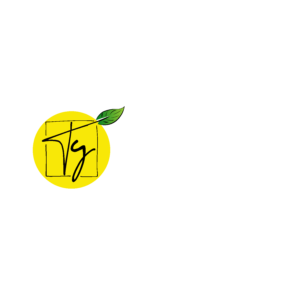In the ever-evolving landscape of sustainable living and urban gardening, hydroponic systems have emerged as a revolutionary way to bring the freshness of a garden right to your kitchen table. Gone are the days when lack of space or seasonal limitations hindered your gardening dreams. Welcome to the world of hydroponics, where you can cultivate a thriving kitchen garden without soil, year-round. Let’s dive into the magic that hydroponic systems bring to kitchen gardening.
What is Hydroponics?
Hydroponics is a soil-less cultivation method that relies on nutrient-rich water solutions to nourish plants. Instead of traditional soil beds, plants are grown in a controlled environment, receiving all essential nutrients directly through water. This technology not only conserves water but also maximizes plant growth and minimizes the need for pesticides and herbicides.
The Advantages for Kitchen Gardeners:
- Space Efficiency: Hydroponics eliminates the need for a large garden plot. Compact systems can fit on terraces, balconies, or even window sills, making it an ideal solution for urban dwellers with limited outdoor space.
- Year-Round Cultivation: Hydroponic systems are not bound by seasonal changes. With the right set-up, you can grow herbs, vegetables, and even small fruits throughout the year, ensuring a steady supply of fresh produce.
- Faster Growth: Plants in hydroponic systems often grow faster than their soil counterparts due to the direct availability of nutrients. This means you can enjoy your homegrown veggies and herbs sooner.
- Water Conservation: Hydroponics uses significantly less water compared to traditional soil gardening, making it an environmentally friendly choice.
Creating Your Hydroponic Kitchen Garden:
- Choosing the System: There are various types of hydroponic systems, each with its own advantages. Wick systems are simple and suitable for beginners, while nutrient film technique (NFT) and deep water culture (DWC) systems are more advanced.
- Selecting Plants: Herbs like basil, mint, and parsley, as well as leafy greens such as lettuce and spinach, thrive in hydroponic systems. Some systems can also accommodate small tomato or pepper plants.
- Providing Nutrients: Nutrient solutions are the lifeblood of hydroponic gardening. They contain essential minerals that plants need for growth. These solutions can be purchased pre-mixed or mixed at home according to plant requirements.
- Monitoring and Maintenance: Regular monitoring of water levels, pH, and nutrient concentration is crucial. It’s also essential to clean and maintain the system to prevent algae growth and blockages.
Harvesting the Rewards:
The joy of hydroponic kitchen gardening lies in watching your plants flourish and eventually gracing your table with fresh, homegrown delights. Imagine plucking crisp lettuce leaves or aromatic herbs moments before incorporating them into your culinary creations. The flavor and nutritional value of just-picked produce are unparalleled.
From novices to seasoned gardeners, hydroponic systems offer an accessible and efficient way to connect with nature while enjoying the fruits (and veggies) of your labor. The journey from terrace to table becomes a rewarding experience that highlights the innovation and sustainability of modern gardening practices. So, if you’re looking to embark on a journey of homegrown goodness, consider diving into the world of hydroponic kitchen gardening – where fresh, flavorful produce is always just a reach away.



